Description
In this 1-hour course, you will learn:
- How students’ interaction with digital media affects their brains
- The structured Think-Pair-Share method
- Auditory/sequential and visual/spatial processing
- How the brain supports many types of learning
- R.A.F.T. & Think-Tac-Toe activities
Presenter Bio
Bob Iseminger has over 25 years of experience in public education as a classroom teacher, math resource teacher, and coordinator of a gifted education magnet center. He has worked in both urban and suburban settings at the elementary and middle school levels, and in a consulting capacity with high school students. Mr. Iseminger currently serves as a staff development consultant for school districts nationwide in addition to presenting at state gifted conferences. He is the co-author of several books including “Cultivating Classroom Conversations” and “Choice and Challenge: Engaging Anchor Activities for the Differentiated Classroom”.

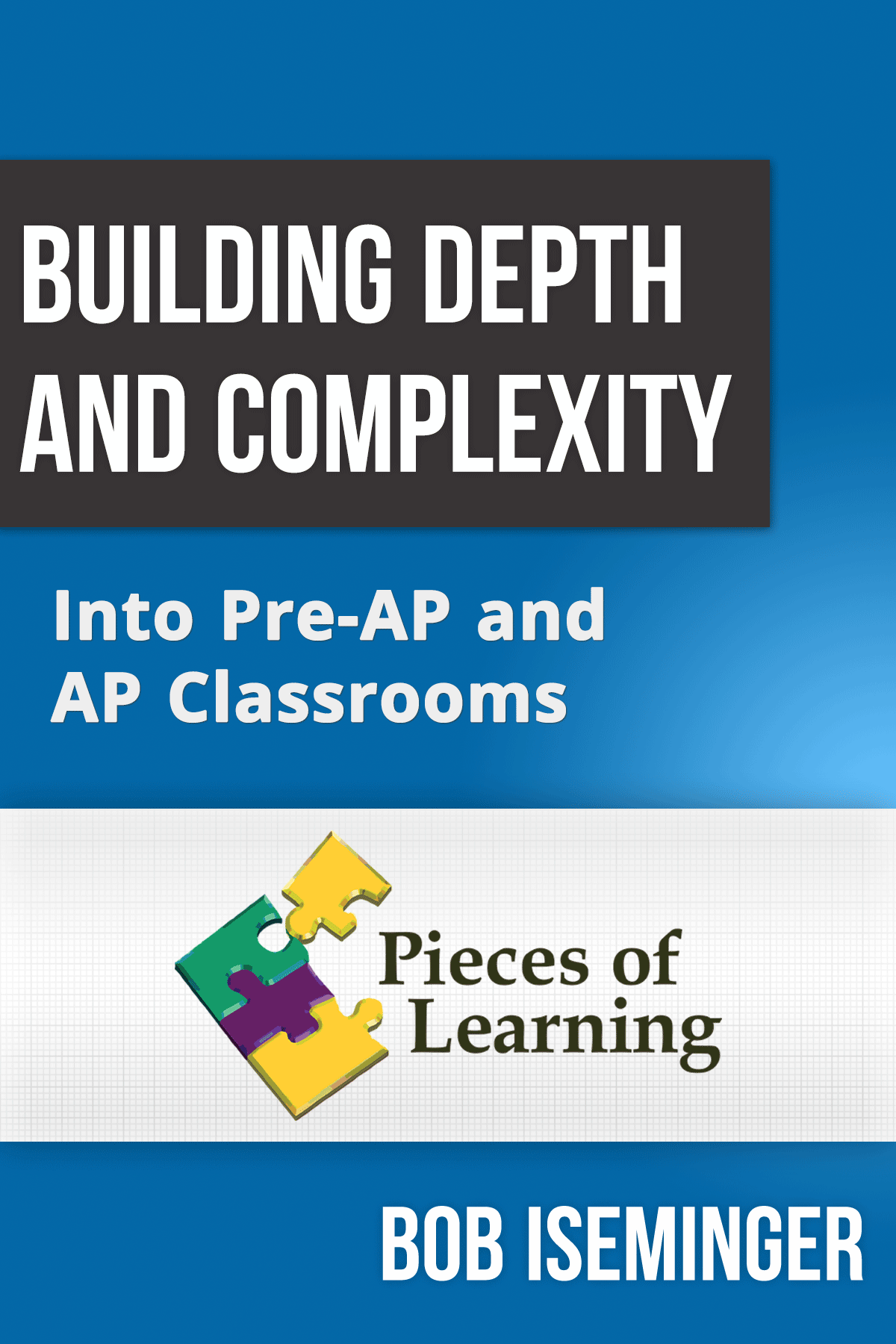
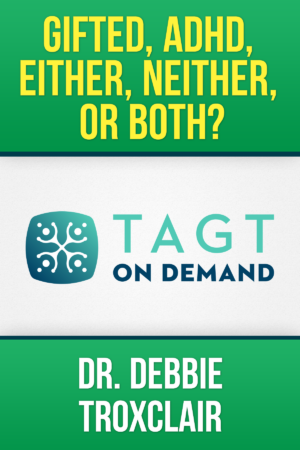
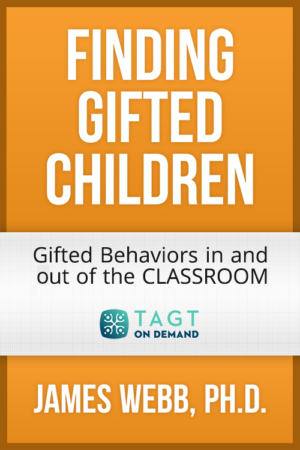
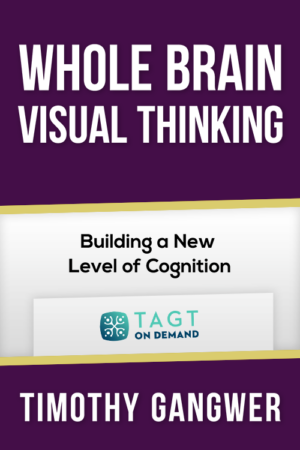
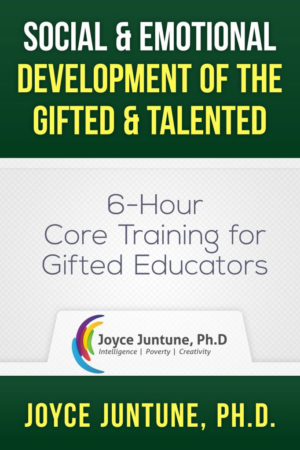

Carla Mae – COLUMBUS CITY SCHOOL DISTRICT (verified owner) –
I liked the accompanying handouts and that the course was research-based.
Teri – 588 Co-op (verified owner) –
I feel that there are some great strategies discussed here. However, I will need to develop new ways of handling these strategies with the new social distancing requirements.
Janet – ECTOR COUNTY ISD (verified owner) –
Great information – loved the activities at the end of the video
Laura – Brazosport ISD (verified owner) –
Great ideas for getting kids to think.
Lisa – CONROE ISD (verified owner) –
good ideas that can be put into use in the classroom
Miriam – Brazosport ISD (verified owner) –
Great ideas for making a PreAP or AP class more upper level
ViCindy – ECTOR COUNTY ISD (verified owner) –
He developes a stronger understanding of how to challenge students and teachers to understand their students.
Andrea – COLUMBUS CITY SCHOOL DISTRICT (verified owner) –
I enjoy learning about different activities and methods I can incorporate, but I am not a strong proponent of learning styles. I don’t believe in a one-size-fits-all mindset when it comes to teaching young minds. Brains are malleable, and I believe it’s important to introduce a variety of activities to enrich every students experience.
JOYCE – GOOSE CREEK CISD (verified owner) –
This course included helpful reminders for different types of learning.
Roger – COLUMBUS CITY SCHOOL DISTRICT (verified owner) –
Some helpful, practical ideas. However, the brain science he uses is simplistic and misleading. For example, the right brain/left brain distinction is way too simplistic – read what the cognitive scientists and neuroscientists have to say about it! Everybody Integrates the use of the right and left sides (unless the corpus callosum has been cut). While considering students’ “learning styles” can be of some usefulness, what is more important is matching the instruction/learning activities to the content and skills to be learned.